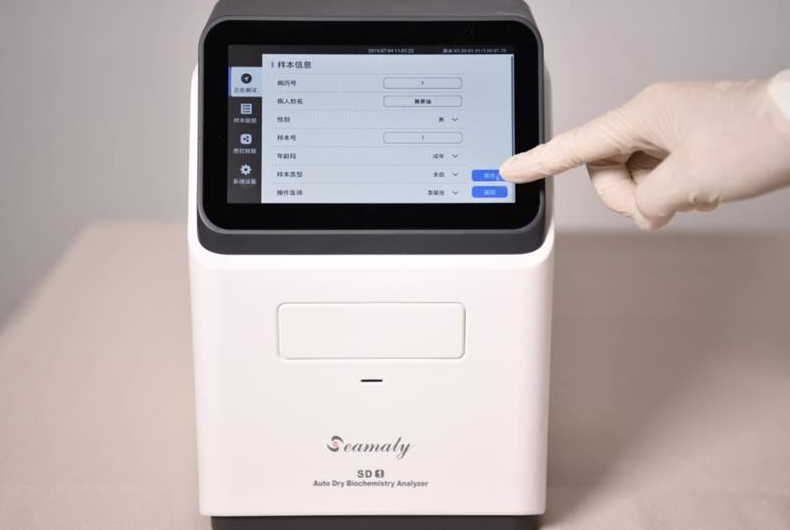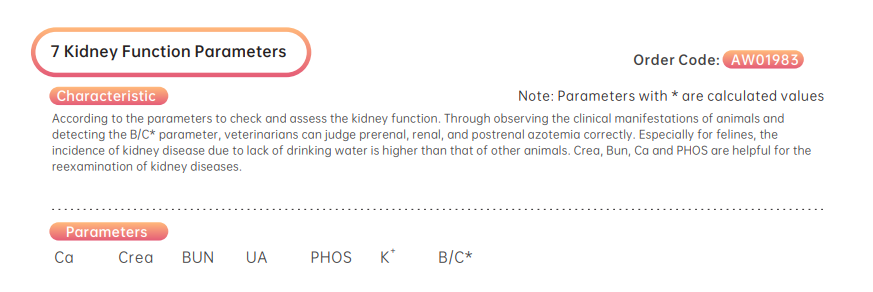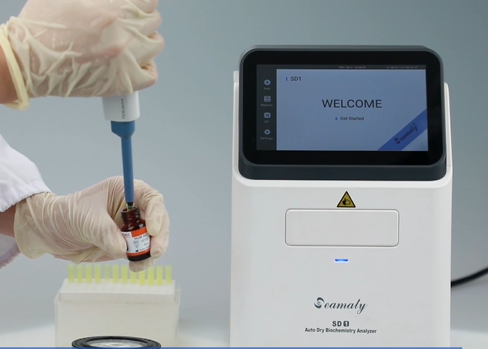release time:2021-09-10 11:34:17
A. Clinical examination equipment

2022-07-04
In a clinical laboratory, a chemistry analyzer is an instrument that is used to measure concentrations of various biomolecules in body fluids. The results of these measurements can provide important information about a patient's health.

2022-03-10
Azotemia is an increase in the concentration of urea and creatinine and other non-protein-derived nitrogenous wastes in the blood due to impaired excretion of nitrogenous wastes by the kidneys, resulting in azotemia in pets.

2021-10-09
A biochemistry machine is a medical device that measures blood and other body fluids and obtains data on various biochemical indicators. Combined with other clinical information for comprehensive analysis, it can help doctors diagnose diseases. Fully automated biochemistry analyzers have become the most commonly used test instruments for clinical laboratory analysis.